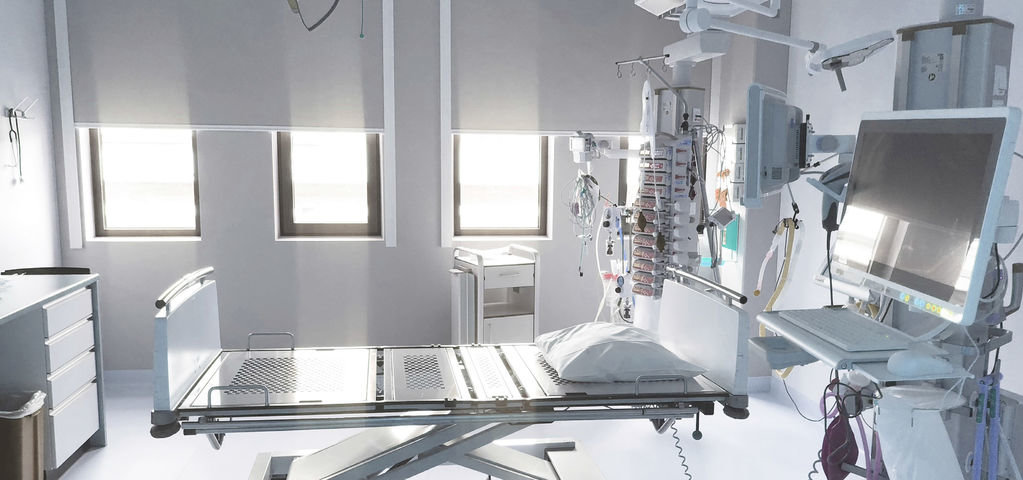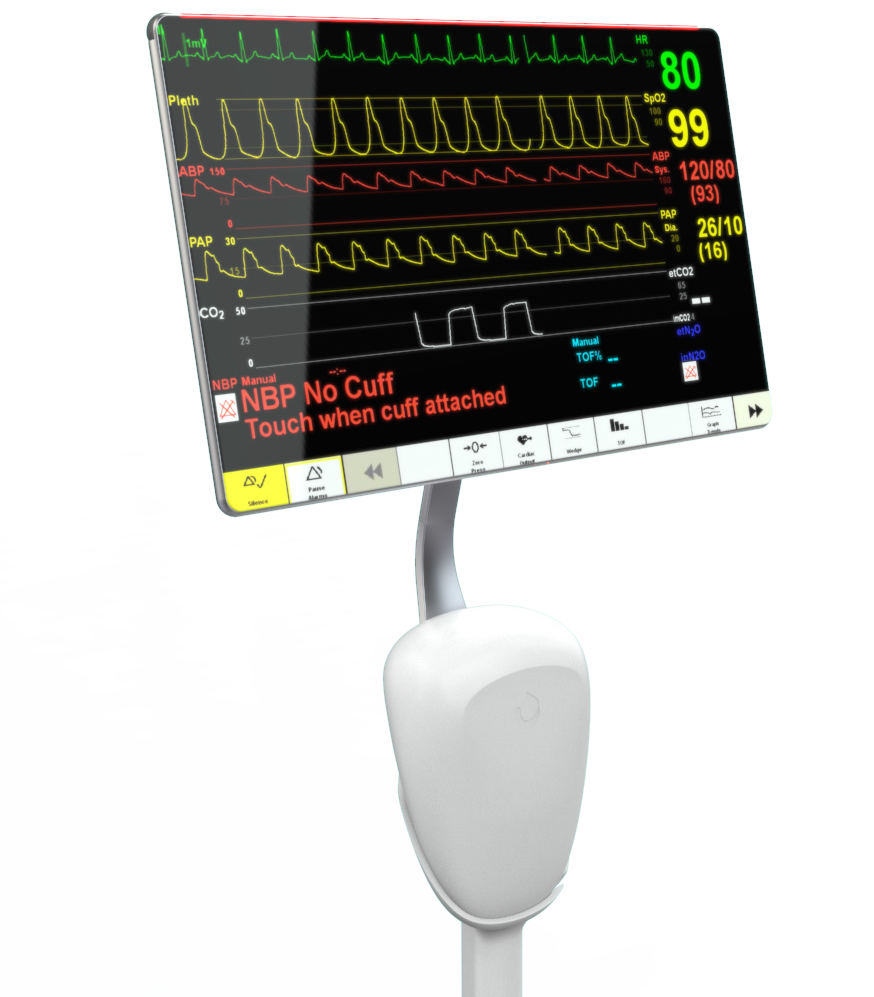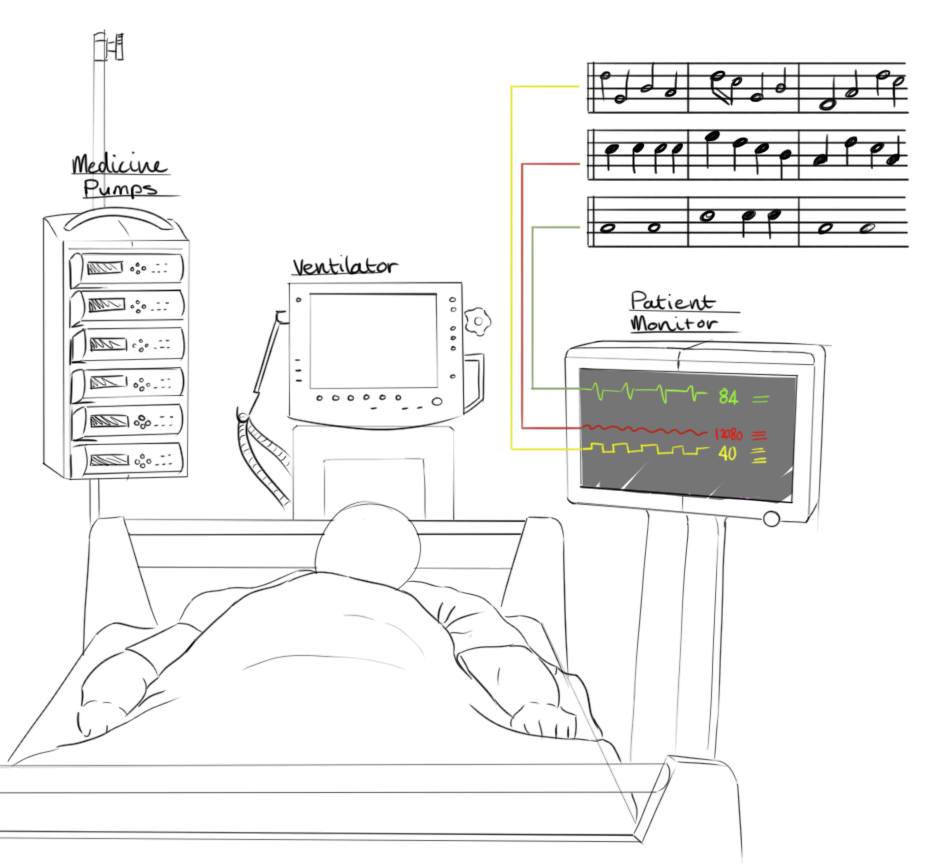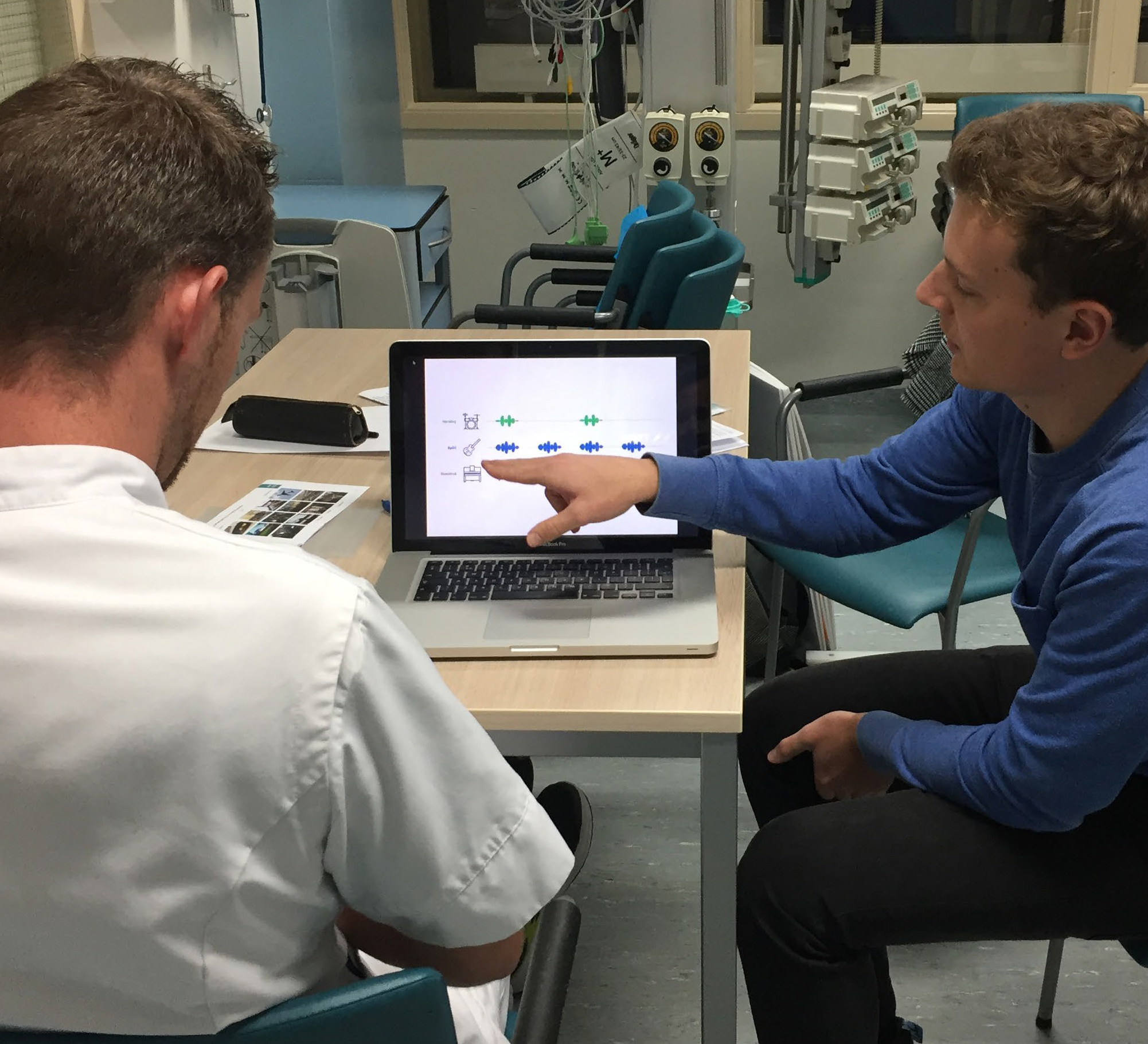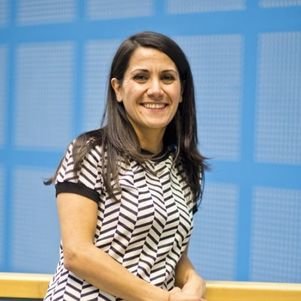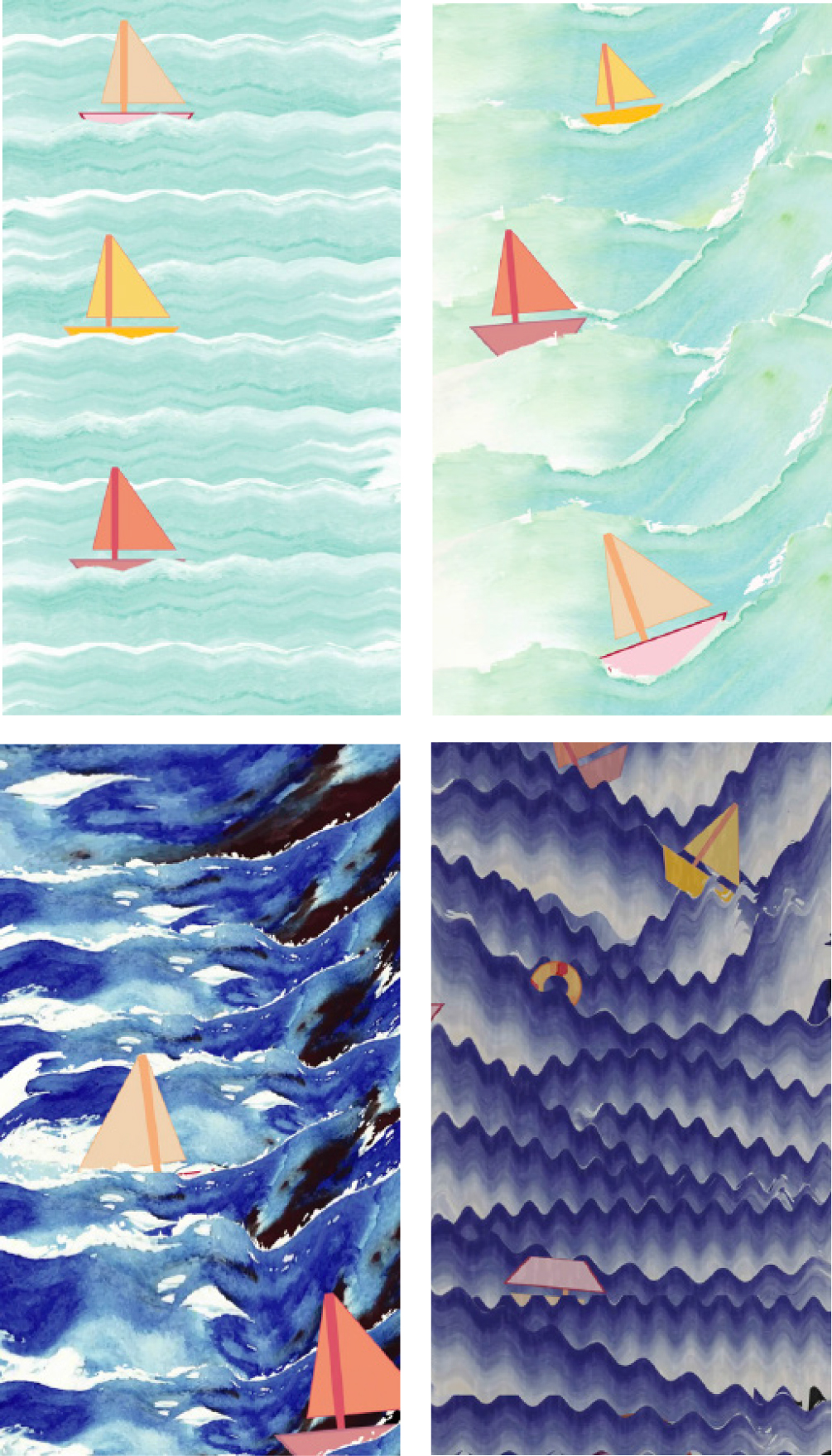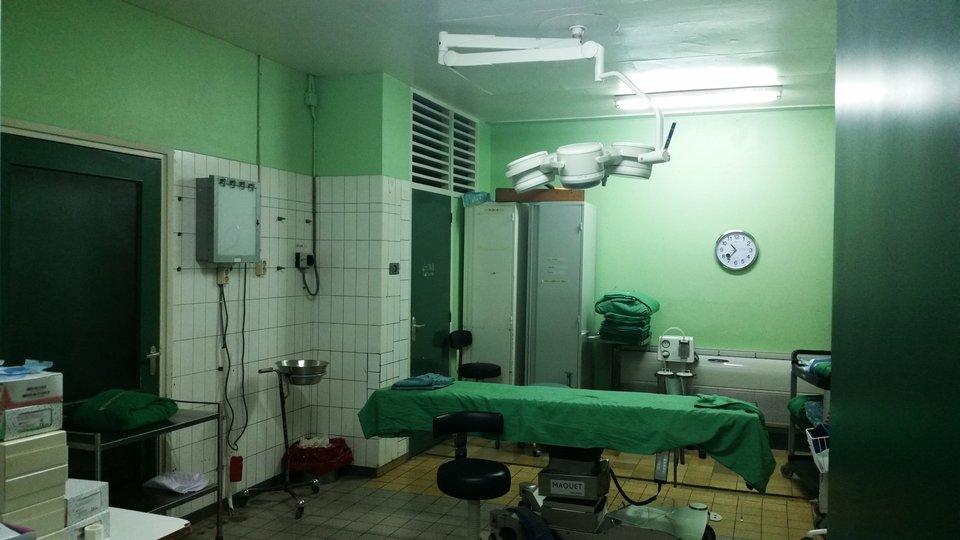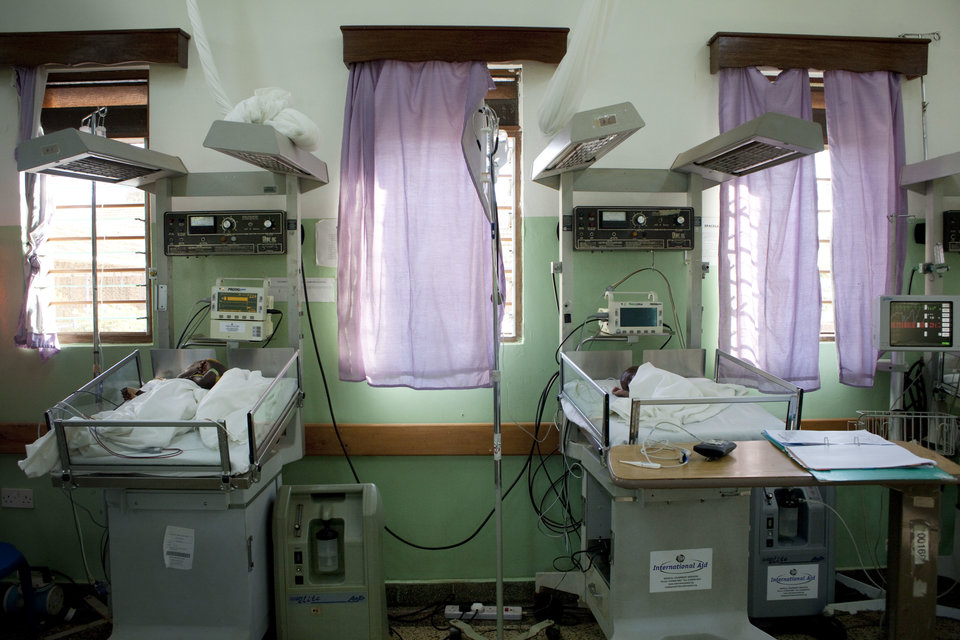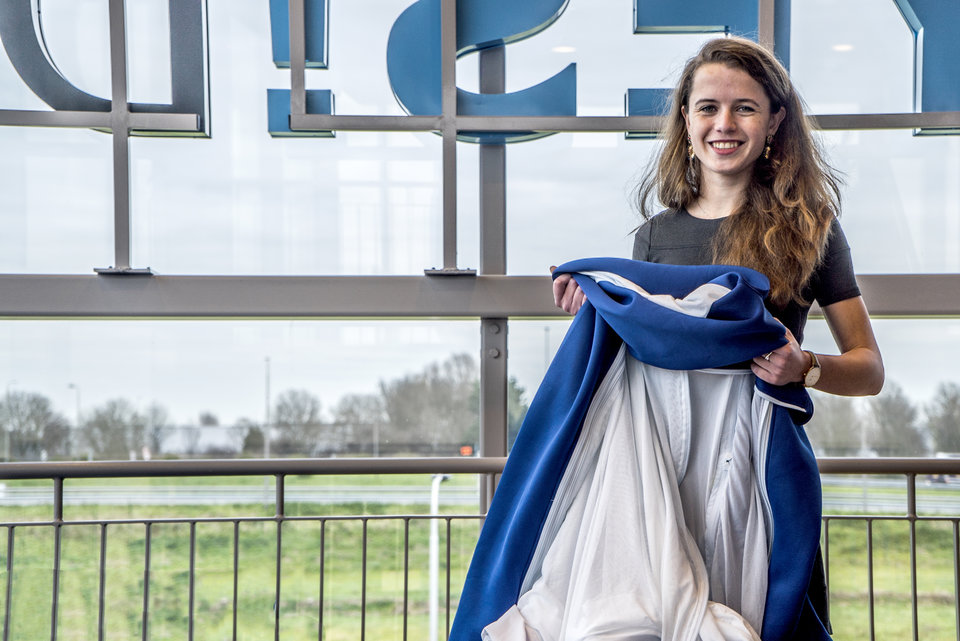In hospitals all over the world, sounds, beeps and other noises constantly tell staff and patients what’s going on. But this cacophony of sound can lead to ‘alarm fatigue’ with medical staff. Patient’s family members are exposed to standard medical information that they don’t understand and cannot interpret. Adding to the problem are the negative influences of this cacophony of alarms and other noise on patients. It can cause stress and sleep-deprivation which in turn inhibits recovery. How do we solve this?
At the Embassy of Health exhibition during Dutch Design Week 2018 in Eindhoven, the TU Delft Critical Alarms Lab (CAL) presents four different prototypes that can help us start to tackle the problem of noise pollution in Intensive Care Units (ICUs). They are the result of a living lab at Erasmus MC in Rotterdam, a vital partner of the CAL, and tackle the noise of bedside monitors, of noisy staff and of the patient vital signs monitors. The goal is to further develop and test these prototypes in clinical trials.
CareTunes
Elif Özcan-Vieira, Director of the CAL at the Industrial Design Engineering Faculty of TU Delft: “It’s called the Silent Intensive Care Unit. ICUs are acoustically hostile environments to accommodate both a smooth workflow for doctors and nurses and support a patient’s health.” The CAL looked at ways to filter unwanted sounds and non-actionable alarms in an ICU, or at how to increase sleep quality for patients while all these monitors and alarms are sounding off. Elif’s favorite prototype in this project might be CareTunes. This graduation project takes raw data of three vital signs of a patient that are always monitored in an ICU: heart rate, blood pressure and oxygen saturation. Using music theory, these vitals are translated into music. “By offering musical updates to the nurses, the continuous measurement of vital signs does not create such a distraction and has a new meaning. Sudden changes in vital signs are easily recognized by nurses and doctors by creating disturbance in music such as faster tempo or musical dissonance. We’ve already presented CareTunes at Johns Hopkins Hospital in Baltimore (US) and people can also experience it at the Dutch Design Week 2018 in Eindhoven.”
Design challenges
While currently their biggest project, alarms in hospitals are not the only challenge the CAL researches. Your car beeps at you when you start to drive without fastening your seatbelt. Air traffic controllers hear alarms and see flashing lights when their monitoring systems foresee possibly dangerous flight paths of airplanes. “We see alarms as symptoms of a problem. We want to fix the symptoms by attacking the problem at the source from multiple directions”, says Elif. At CAL, researchers, students and companies work together to reshape the future of alarms. “It starts with asking questions: Why do alarms have to exist? When are they needed and at what range of intensity? In the process to help alarms achieve a higher compliance rate, we believe only design thinking can help us find the right point of intervention. Designing alarms is designing information and interaction flow itself.”
Together with a network of international partners the CAL defines what problem they want to research. Over the years, the projects kept an increasing pace of scale and complexity. From car-driver alarms research with Toyota to the control room of European Space Agency space missions. “When the safety of people is on the line, you have to make sure that alarms and stimuli for controllers are actionable in order to counter alarm-fatigue and distraction.”
Graduating student Koen Bogers accompanied Elif to the US to present CareTunes. Providing students with creative opportunities within a well-defined structure is key to the success of the CAL. With bi-weekly update meetings, students and researchers pitch their research ideas and problems. These cover not only sound design, but all aspects of experience-driven and interaction design. “We want CAL to inspire everyone in our network. From students and researchers to hospitals, manufacturers, and policy makers. Show them that alarms can be beautiful if we ask the right questions and incorporate the right stakeholders in their design.”
